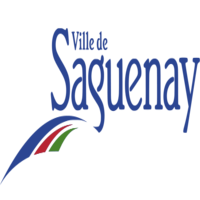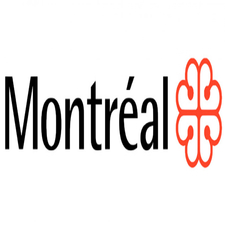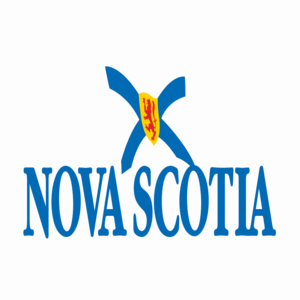trees
Type of resources
Topics
Keywords
Contact for the resource
Provided by
Formats
Representation types
Update frequencies
status
-

Location and description of trees inventoried in municipal rights-of-way and land belonging to the city of Saguenay**This third party metadata element was translated using an automated translation tool (Amazon Translate).**
-

Polygon representing the 3-30-300 Rule, i.e. seeing 3 trees near your home, moving to neighborhoods where 30% of the space is covered by trees and living less than 300 meters from a green space. This nature-based approach aims to create greener and more resilient cities. It was developed by the Dutch researcher [Cecil Konijnendijk] (https://www.researchgate.net/publication/353571108_The_3-30-300_Rule_for_Urban_Forestry_and_Greener_Cities) working in the fields of forestry and urban ecology. These layers are used for the planning of plantations in vulnerable sectors with the target of 500,000 trees to be planted by the City and its partners, as part of the 2020-2030 Climate Plan. They also help to better plan and prioritize greening projects. The data can also be consulted on the interactive map of vulnerabilities to climate change in the Montreal agglomeration. https://experience.arcgis.com/experience/944e0b7104bd491591ccca829da24670/page/Page/**This third party metadata element was translated using an automated translation tool (Amazon Translate).**
-

This data is a snapshot of Ontario’s forests using the latest available data. Summaries include: * area and volume of forest types * common tree species * other land information such as area by forest region, ecoregions and other land classes Visual display: * The forest information presented in this data is also available in interactive maps and charts * Maps and charts allow you to view the data in finer detail and allows for comparisons between forest types and regions You can also view: * [Forest resources of Ontario 2021](https://www.ontario.ca/document/forest-resources-ontario-2021)
-

Part of the Nova Scotia Topographic Database (NSTDB), the land cover theme layer is updated and maintained from aerial photography. Land cover is limited to treed areas over 3600m2 in size and over two metres in height. Orchards, nurseries, tree lines, and single landmark trees are also included. Land Cover feature codes and their descriptions are provided with the download in a NSTDB feature code table. Data download also available via GeoNova: https://nsgi.novascotia.ca/WSF_DDS/DDS.svc/DownloadFile?tkey=fhrTtdnDvfytwLz6&id=13 Map service view also available via GeoNova: https://nsgiwa.novascotia.ca/arcgis/rest/services/BASE/BASE_NSTDB_10k_Land_Cover_UT83/MapServer?f=jsapi
-

Part of the Nova Scotia Topographic Database (NSTDB), the land cover theme layer is updated and maintained from aerial photography. Land cover is limited to treed areas over 3600m2 in size and over two metres in height. Orchards, nurseries, tree lines, and single landmark trees are also included. Land Cover feature codes and their descriptions are provided with the download in a NSTDB feature code table. Data download also available via GeoNova: https://nsgi.novascotia.ca/WSF_DDS/DDS.svc/DownloadFile?tkey=fhrTtdnDvfytwLz6&id=13 Map service view also available via GeoNova: https://nsgiwa.novascotia.ca/arcgis/rest/services/BASE/BASE_NSTDB_10k_Land_Cover_UT83/MapServer?f=jsapi
-

Part of the Nova Scotia Topographic Database (NSTDB), the land cover theme layer is updated and maintained from aerial photography. Land cover is limited to treed areas over 3600m2 in size and over two metres in height. Orchards, nurseries, tree lines, and single landmark trees are also included. Land Cover feature codes and their descriptions are provided with the download in a NSTDB feature code table. Data download also available via GeoNova: https://nsgi.novascotia.ca/WSF_DDS/DDS.svc/DownloadFile?tkey=fhrTtdnDvfytwLz6&id=13 Map service view also available via GeoNova: https://nsgiwa.novascotia.ca/arcgis/rest/services/BASE/BASE_NSTDB_10k_Land_Cover_UT83/MapServer?f=jsapi
 Arctic SDI catalogue
Arctic SDI catalogue